Repairing veneer finish?
party_music50
18 years ago
Related Stories
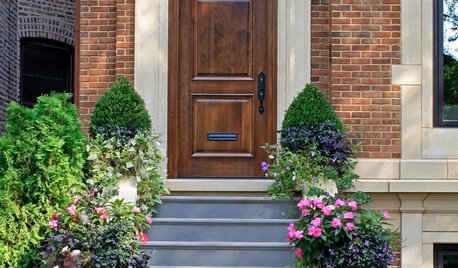
CURB APPEALKnow Your House: Anatomy of a Brick Veneer Wall
Brick's new role as skin versus structure offers plenty of style options for traditional exteriors
Full Story
BATHROOM TILEQuick Fix: Repair Cracked Bathroom Grout
Banish an eyesore and safeguard your bathroom from water damage in 30 minutes or less with this DIY repair
Full Story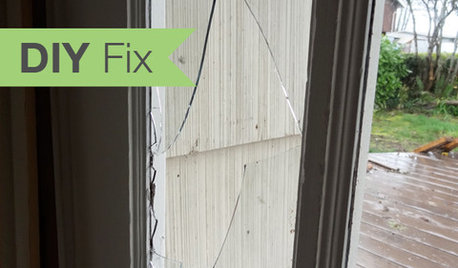
HOUSEKEEPINGDIY Fix: How to Repair a Broken Glass Door Pane
Don't let broken glass shatter your self-esteem. You can fix it more easily and more inexpensively than you might realize
Full Story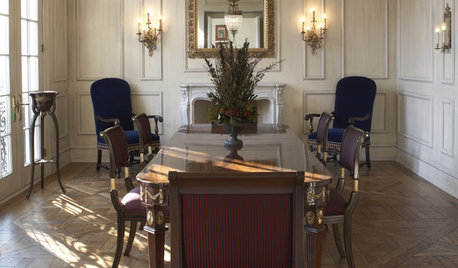
DECORATING GUIDESFinish Your Floors to Perfection With Parquet
Add value and gorgeous detail to your home with timeless and elegant parquet flooring in a classic design
Full Story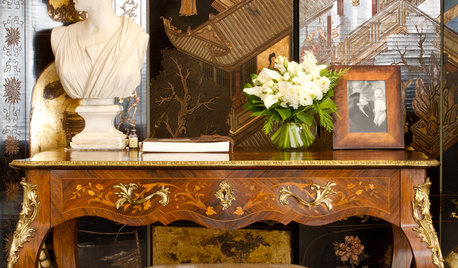
DECORATING GUIDESFinish Rooms the Elegant Way With Marquetry Furniture
Go all-out fancy or subtly refined. With endless inlaid patterns to choose from, the level of artistry is up to you
Full Story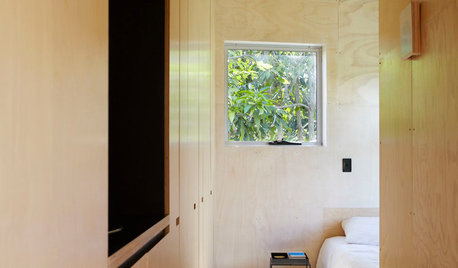
WOODDesign Workshop: Plywood as Finish
Trendproof your interior with this sensible guide to using this utilitarian material indoors
Full Story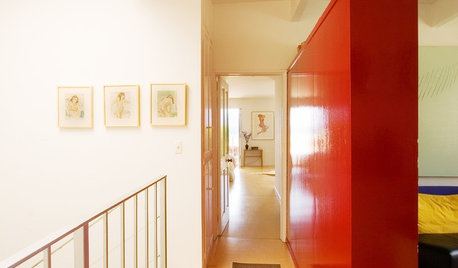
WALL TREATMENTSPick the Right Paint Finish to Fit Your Style
The question of finish may be as crucial as color. See which of these 9 varieties suits your space — and budget
Full Story
BATHROOM DESIGNA Crash Course in Bathroom Faucet Finishes
Learn the pros and cons of 9 popular faucet finishes
Full Story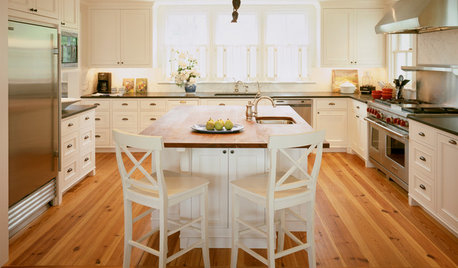
KITCHEN DESIGN3 Steps to Choosing Kitchen Finishes Wisely
Lost your way in the field of options for countertop and cabinet finishes? This advice will put your kitchen renovation back on track
Full Story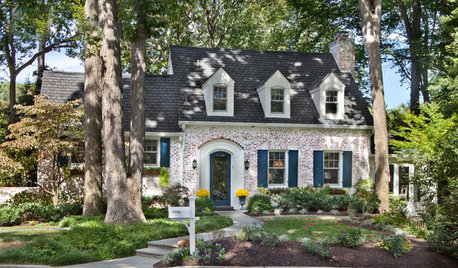
REMODELING GUIDESFinish Your Remodel Right: 10 Tasks to Check Off
Nail down these key details to ensure that everything works properly and you’re all set for the future
Full Story









Jon1270
User
Related Professionals
Christiansburg Cabinets & Cabinetry · Oakland Park Cabinets & Cabinetry · Roanoke Cabinets & Cabinetry · Stoughton Cabinets & Cabinetry · Albany Carpenters · Palmetto Bay Carpenters · Lexington Flooring Contractors · Oshkosh Flooring Contractors · Raleigh Flooring Contractors · Somerset Flooring Contractors · South Lake Tahoe Flooring Contractors · Redmond Furniture & Accessories · Alpharetta Furniture & Accessories · Carlsbad Furniture & Accessories · Lake Arrowhead Furniture & Accessorieslindac
Wayne_Georgia
party_music50Original Author
Jon1270
party_music50Original Author
Jon1270
dale_grower
kmealy
kmealy
furnone
gcsollid_shaw_ca